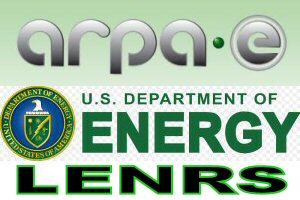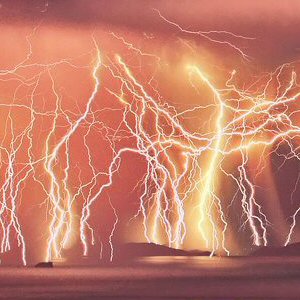Nature Prepares
A month earlier, Reich had started on her quest to find fraud. She had pressured Tsoukalas to publish his allegedly negative results.
On March 2, 2006, Tsoukalas got a confirmation of his submission to Nuclear Technology, and he let Reich know immediately. He also prepared to leave the country for two weeks.
“That is great, congratulations,” Reich wrote. “Also good to have it before my story posts — either today or tomorrow. At the moment, I am trying to wait and coordinate so that I can link thru to Naranjo and Putterman’s note, which is still not online but should be soon. Have a lovely holiday in Greece, and please update me how you are when you get back.”
Five days later, on March 7, Reich sent copies of the stories to Tsoukalas. While traveling, Tsoukalas sent them to his colleague and personal friend Tatjana Jevremovic.
“Lefteri,” Jevremovic wrote, “I am trying to have her change some of the parts that are not accurate and are not good for anyone. Could you contact her as well? Please let me know. Should I call her?”
The Purdue news service got wind of the forthcoming articles on March 7 and notified Dean Katehi and other administrators. Taleyarkhan told New Energy Times that Katehi’s assistant, Edgar Martinez, called him.
“Edgar called and talked with me to alert me and indicated that Mason would like to convene a meeting the next day in the morning,” Taleyarkhan wrote. “I was shaken and downright surprised at the turn of events so rapidly after the March 1, 2006, meeting, which I believed was a successful program review.” Continue reading »



